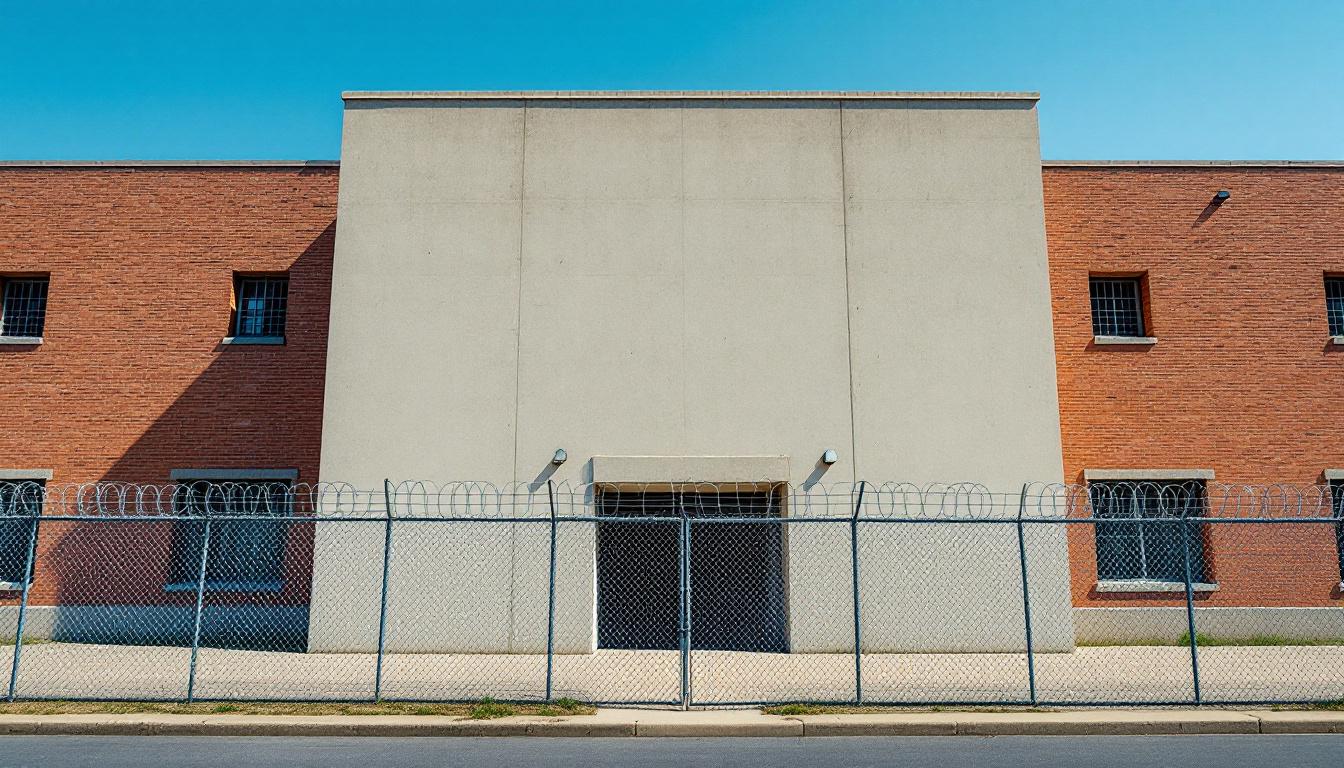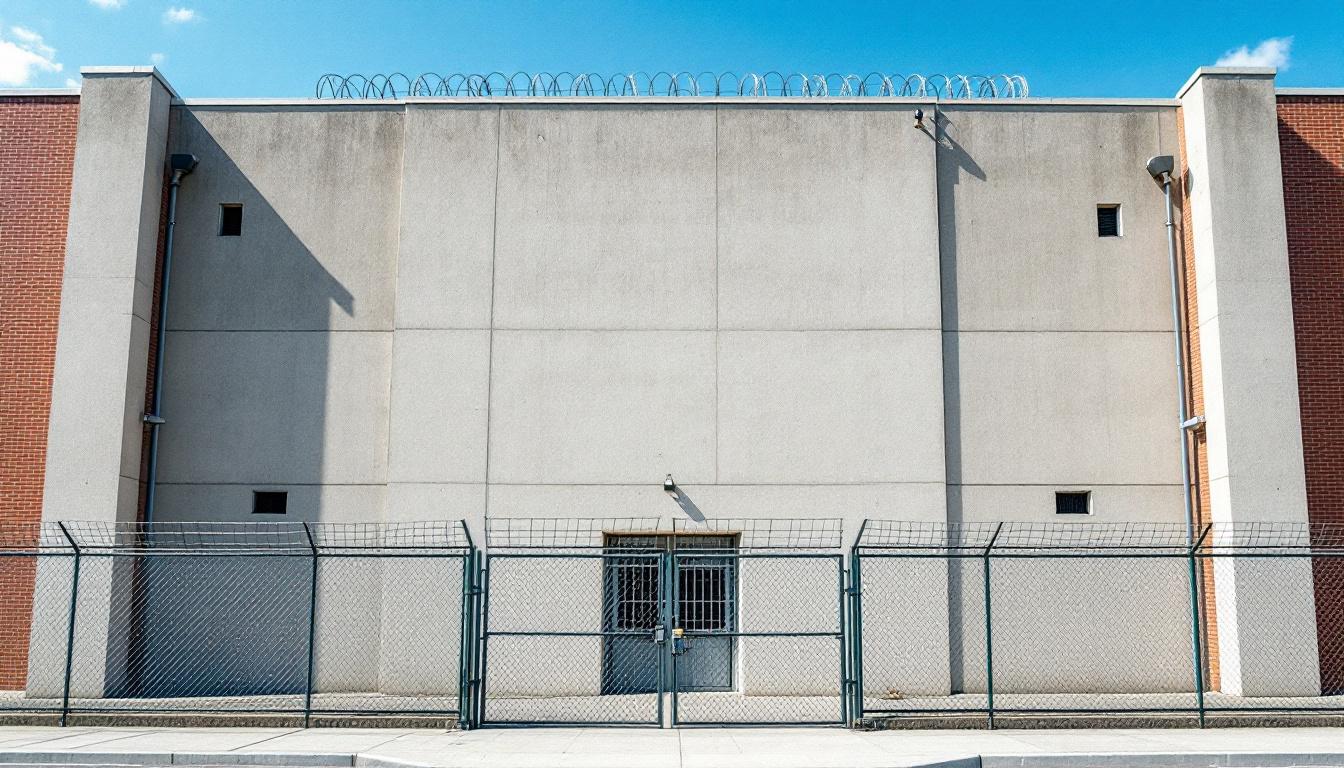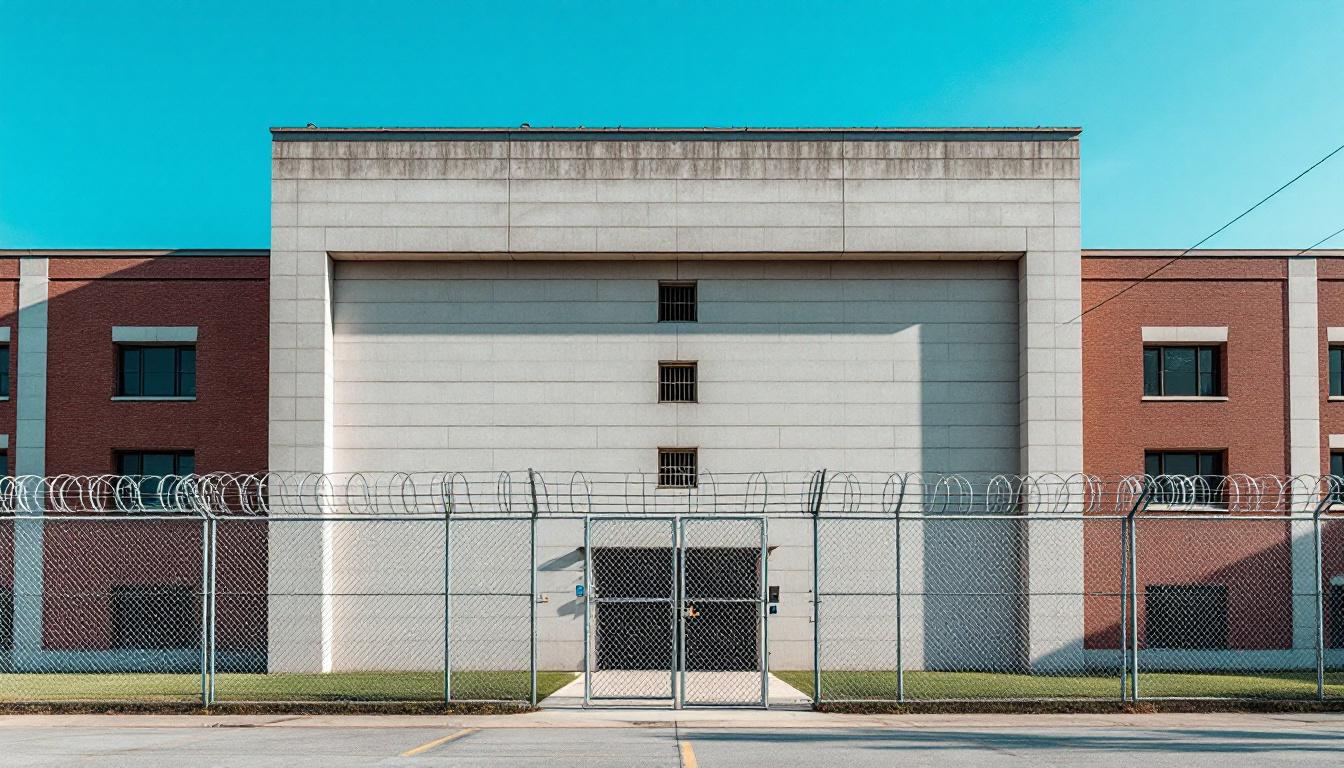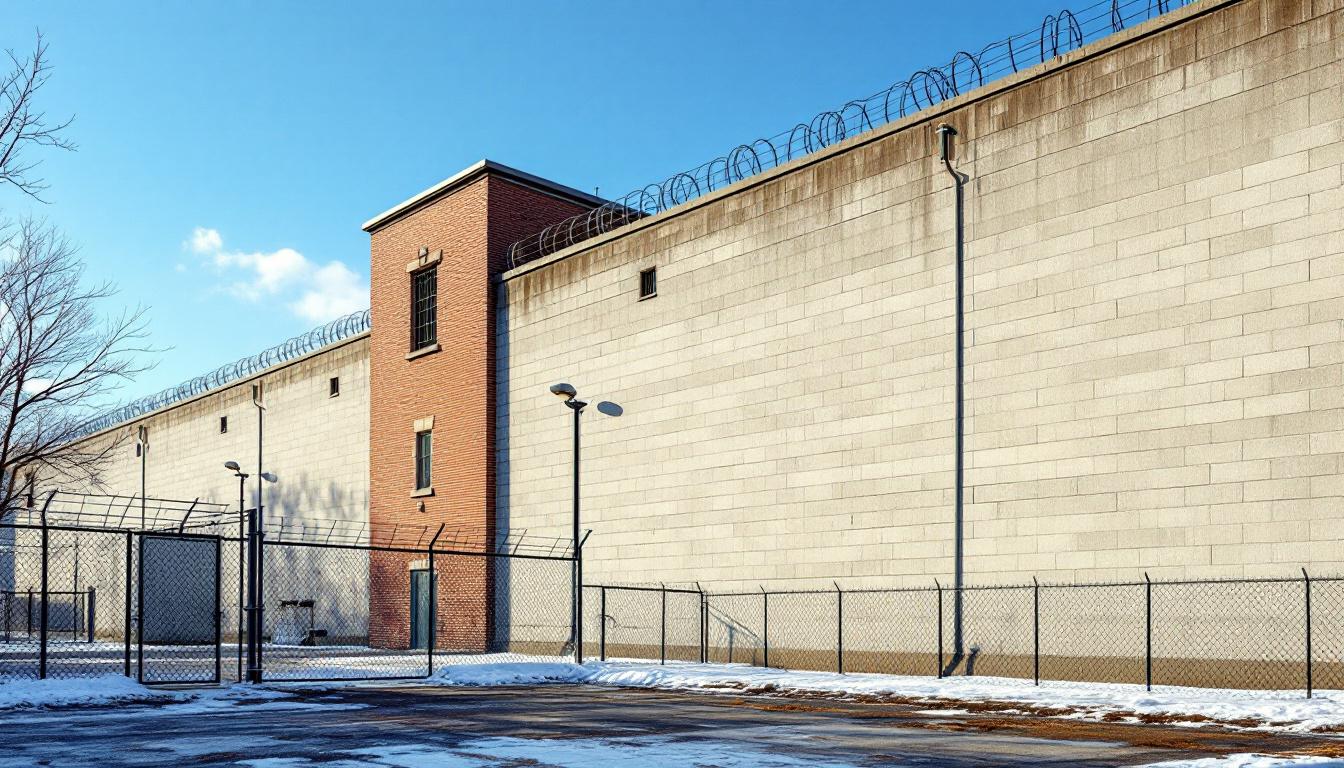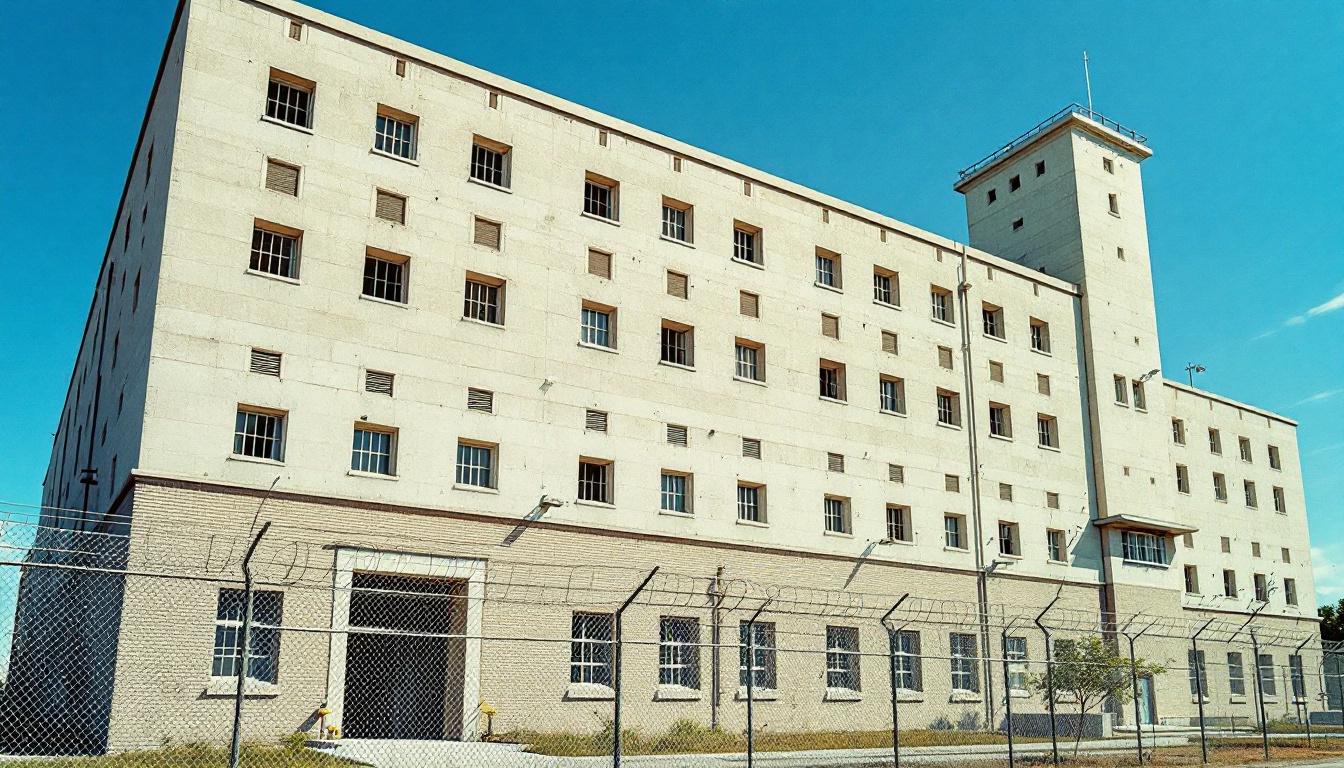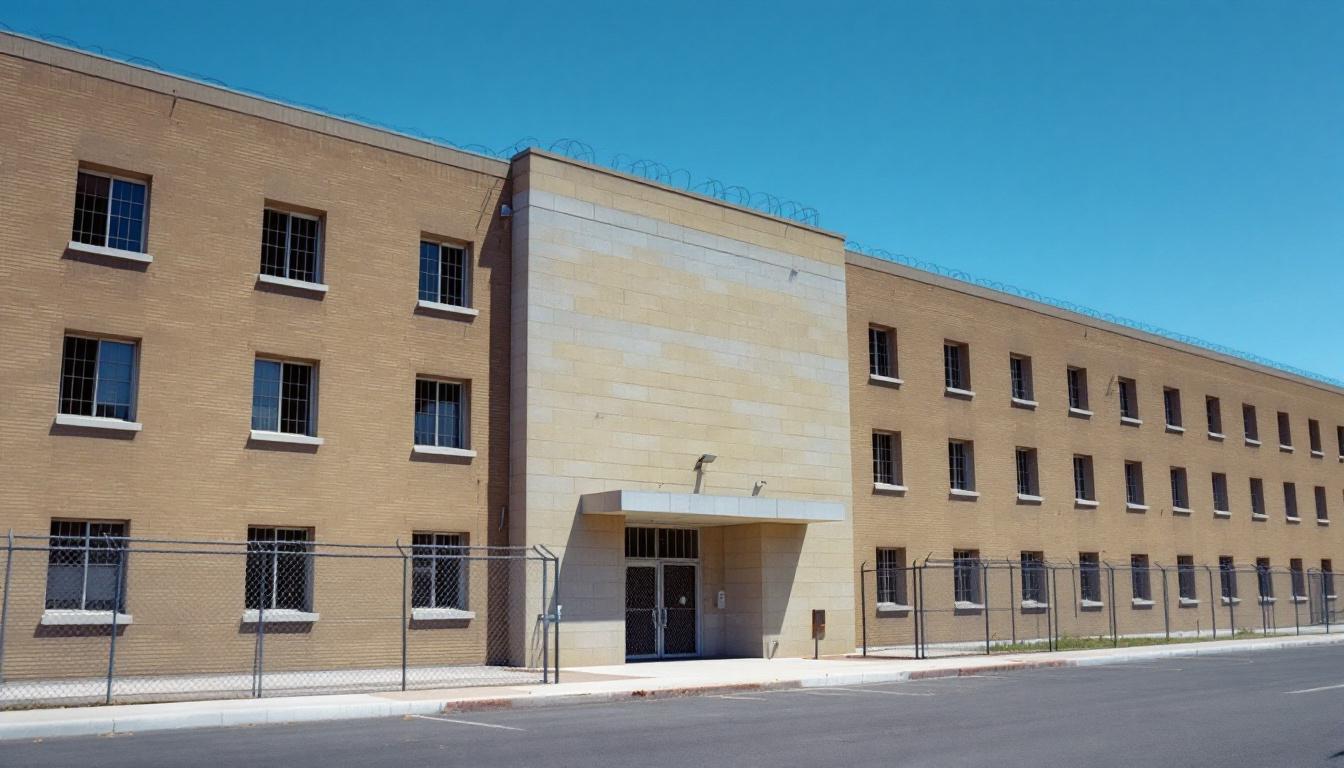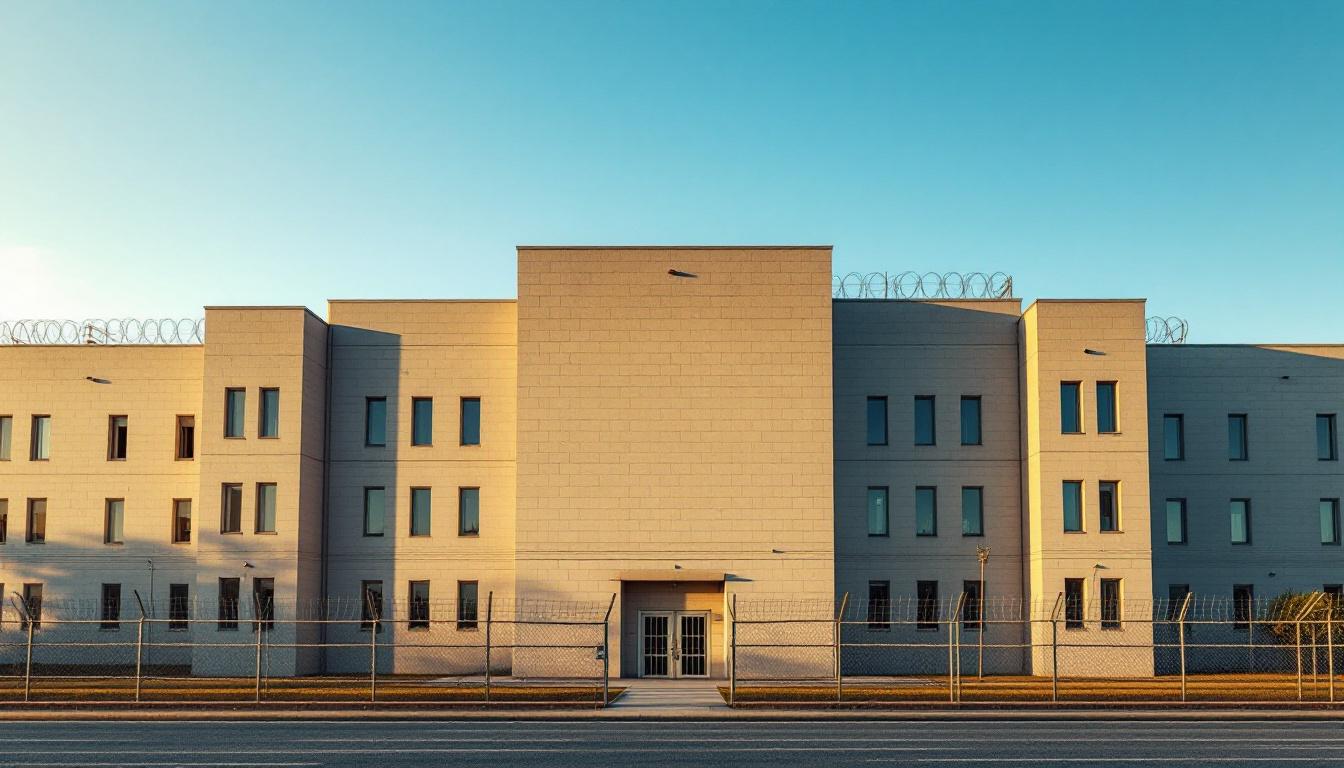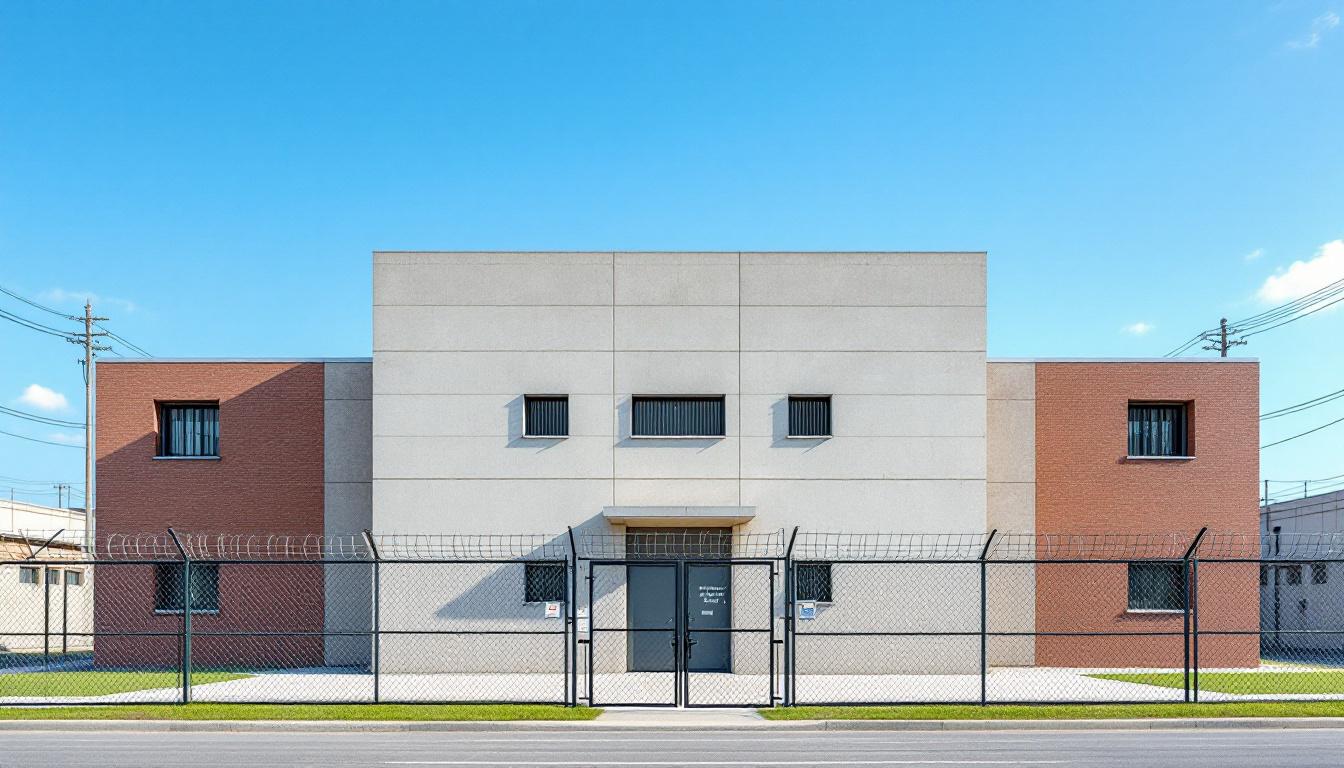
Quick Navigation
How to contact an inmate at Hoquiam Police Department
This comprehensive guide will walk you through how to connect with an inmate at Hoquiam Police Department. Follow the steps below to find an inmate and send letters and photos:
- Search for the inmate using our search tool below
- Create your account or log in to Penmate
- Write your message (up to 6,000 characters)
- Send instantly - inmates receive printed copies daily
Find an Inmate
Search for an inmate to start communicating today
Tip: You can search by first name, last name, or inmate ID number
To contact a person at Hoquiam Police Department start by searching for the person on the official facility website. Perform a search by following these steps:
- Step 1: Enter their first name and last name into the search form and click "Search"
- Step 2: Locate their inmate record
- Step 3: Write down their Inmate ID and any housing information provided
Important! Be sure to enter the person's full name. Nicknames should not be used.
How to Send Messages to Inmates

You can use your phone or computer to send emails, letters, and photos to an inmate. Messages are sent electronically to inmate tablets or kiosks at the facility. If you would like to send a message, start by searching for an inmate at Hoquiam Police Department.
Sending Photos and Postcards

A great way to send love and support to a loved one at Hoquiam Police Department is to send photos and postcards. It only takes a few minutes to send photos from your phone and it makes a huge difference. You can also mail postcards with words of support and inspiration, or design your own postcard for special moments like birthdays and holidays.
Important! Be sure not to send any explicit photos or they may not be approved by the facility. You can also use a photo printing app like Penmate to make sure your photos are printed at the correct size (4x6 or 3x5) and are mailed according to the rules and regulations of Hoquiam Police Department.
Frequently asked questions about Hoquiam Police Department
-
How long does it take to deliver a message?
If you're sending an email message your letter is usually delivered within 24-48 hours. For messages sent via mail you should expect delivery within 3-7 days. All messages will need be approved by Hoquiam Police Department.
-
How much does it cost to send a message to Hoquiam Police Department?
You can send a message free using your phone or mail a message via USPS for the price of a $0.60 stamp and envelope. You can also purchase credits or e-stamps from services starting at $1.99.
-
What services can I use to contact an inmate at Hoquiam Police Department?
Penmate
You can use Penmate to send letters and photos to an inmate from your phone. It's an easy way to stay in touch during your loved one's incarceration. Use the inmate locator to find an inmate's location and contact information, then you can send messages within a few minutes.
Securus messaging
Securus may be another option for communicating with an inmate at Hoquiam Police Department. You can create a friends and family account and purchase credits to send messages. All messages will be reviewed and must be approved by the facility.
JPay
Some county jails and state prisons may support sending messages with JPay. You must register an account with the system, find your loved one, and purchase stamps to send messages. For some locations you can also attach photos.
Smart Jail Mail
You may also check if Smart Jail Mail is available at Hoquiam Police Department. Smart Jail Mail is operated by Smart Communications and has contracted with some state and county jails. After purchasing credits, your messages and photos are sent to the facility, printed out, and then handed out to your loved one.
-
What is the mailing address of Hoquiam Police Department?
Mailing address:
Hoquiam Police Department
215 10th St
Hoquiam, WA 98550
Phone: (360) 532-0892 -
What are the visiting hours at Hoquiam Police Department?
Visiting hours at Hoquiam Police Department vary by housing unit and security level. Generally, visits are scheduled on weekends and holidays, with some facilities offering weekday visits. Contact the facility directly at (360) 532-0892 or check their website for the current visiting schedule. Visits typically last 30-60 minutes and must be scheduled in advance.
-
What items are prohibited when sending mail to Hoquiam Police Department?
Prohibited items typically include: cash, personal checks, stamps, stickers, glitter, glue, tape, staples, paperclips, polaroid photos, musical or blank greeting cards, hardcover books, magazines with staples, and any items containing metal or electronics. Only send letters on plain white paper with blue or black ink. Photos must be printed on regular photo paper (no Polaroids). Always check with Hoquiam Police Department for their specific mail policies.
-
How do I send money to an inmate at Hoquiam Police Department?
You can send money to an inmate at Hoquiam Police Department through several methods: 1) Online using JPay, Access Corrections, or the facility's approved vendor, 2) Money orders mailed directly to the facility with the inmate's name and ID number, 3) Kiosks located in the facility lobby, or 4) Over the phone using a credit or debit card. Fees vary by method, typically ranging from $2.95 to $11.95 per transaction.
-
Can I schedule a video visit with an inmate at Hoquiam Police Department?
Many facilities now offer video visitation as an alternative to in-person visits. At Hoquiam Police Department, video visits may be available through services like Penmate, Securus Video Connect, GTL, or ICSolutions. Video visits typically cost $10-20 for 20-30 minutes and must be scheduled in advance. You'll need a computer or smartphone with a camera and reliable internet connection. Contact the facility for their specific video visitation policies and approved vendors.
-
What identification do I need to visit an inmate at Hoquiam Police Department?
All visitors must present valid government-issued photo identification such as a driver's license, state ID, passport, or military ID. Minors must be accompanied by a parent or legal guardian who can provide the minor's birth certificate. Some facilities require visitors to be on the inmate's approved visitation list, which may require a background check. Contact Hoquiam Police Department for specific ID requirements and visitor approval procedures.
-
How can I find out an inmate's release date?
To find an inmate's release date at Hoquiam Police Department, you can: 1) Use the online inmate search tool if available, 2) Call the facility's records department, 3) Contact the inmate's case manager or counselor, or 4) Have the inmate provide this information during a call or visit. For privacy reasons, some facilities only release this information to immediate family members.
Facility Overview
Official Website

About Hoquiam Police Department
Municipal correctional facilities serve as essential community safety anchors, and the City Of Hoquiam Jail, WA exemplifies this role within Washington’s coastal region. Located in the timber-rich community of Hoquiam, this WA correctional facility typically houses individuals awaiting trial, serving shorter sentences, or transitioning through various stages of the judicial process. The facility generally operates under municipal oversight, focusing on maintaining secure custody while supporting both immediate community safety needs and longer-term reintegration goals for those in its care.
Serving the population of Hoquiam and surrounding areas, the facility may offer various support services designed to address the underlying factors that often contribute to criminal behavior. These services might include substance abuse counseling, educational opportunities, and connections to community resources that can assist individuals upon their release. The staff typically works to maintain a secure environment while recognizing that many residents will eventually return to the community, making rehabilitation efforts an important component of daily operations.
The City Of Hoquiam Jail generally coordinates with regional courts, law enforcement agencies, and social service organizations to ensure comprehensive support for both residents and their families. Located in Washington’s Pacific coastal region, the facility often reflects the community-centered values common to smaller municipalities, where personal connections and local accountability play significant roles in the correctional process. Family members seeking information about loved ones can typically contact the facility directly for visiting schedules, commissary procedures, and other essential details that help maintain important relationships during incarceration.
Programs & Services
Through comprehensive programming designed to address underlying challenges and build essential life skills, the City of Hoquiam Jail creates pathways for meaningful transformation within its population. The facility’s approach centers on delivering evidence-based interventions that recognize each individual’s potential for growth while addressing the complex factors that often contribute to incarceration. These carefully structured programs typically emphasize skill development, personal accountability, and preparation for successful community reintegration, fostering an environment where participants can develop the tools necessary for positive change.
Educational services form the cornerstone of the facility’s programming efforts, often including basic literacy instruction, GED preparation, and continuing education opportunities that help participants advance their academic credentials. Moreover, vocational programs may supply hands-on training in practical trades such as plumbing, providing participants with marketable skills that enhance employment prospects upon release. Work programs within the facility typically offer structured opportunities for skill application, while printing services may provide technical training that builds both competency and confidence in professional environments.
The facility’s commitment to holistic support extends through specialized therapeutic interventions, including trauma-informed care that addresses the psychological impacts often experienced by the population. Animal care programs frequently serve as powerful therapeutic tools, allowing participants to develop empathy, responsibility, and emotional regulation skills through structured interactions with animals. These diverse programming options work synergistically to create a supportive framework that not dedicated addresses immediate needs but also builds the foundation for sustained positive outcomes, ultimately strengthening family connections and community ties that are essential for successful reintegration.
Daily Life & Visitation

Systematic organization and carefully structured routines form the backbone of operations at the “City of Hoquiam Jail,” where administrative protocols actively shape every aspect of the population’s daily experience. At present, the facility maintains a regimented schedule that typically begins with early morning headcounts, followed by meal service and structured activities that supply predictability and order throughout each day. The population generally moves through their daily routines according to established timeframes, with staff actively coordinating housing assignments, meal distribution, and programming activities to ensure smooth facility operations.
Living accommodations within the facility typically consist of shared housing units where the population resides in dormitory-style or multi-occupancy arrangements, with personal belongings generally limited to approved items that can be stored in designated areas. Moreover, meals are usually served at scheduled intervals in common dining areas, with the population receiving nutritionally planned menus that meet standard dietary requirements. Whereas recreation opportunities may include access to dayroom areas with television viewing, reading materials, and sometimes outdoor exercise periods, these activities typically operate within structured timeframes that accommodate security protocols and facility capacity.
Programming schedules often supply the population with opportunities for educational classes, substance abuse counseling, or religious services, depending on available resources and staffing. Family connections are generally maintained through scheduled visitation periods and telephone access, with communication policies typically allowing approved contacts while maintaining appropriate security measures. Work assignments within the facility may include kitchen duties, cleaning responsibilities, or maintenance tasks that help maintain daily operations while providing the population with structured activities and potential skill development opportunities.
Ready to Connect?
Start communicating with your loved one today
Search for an Inmate
